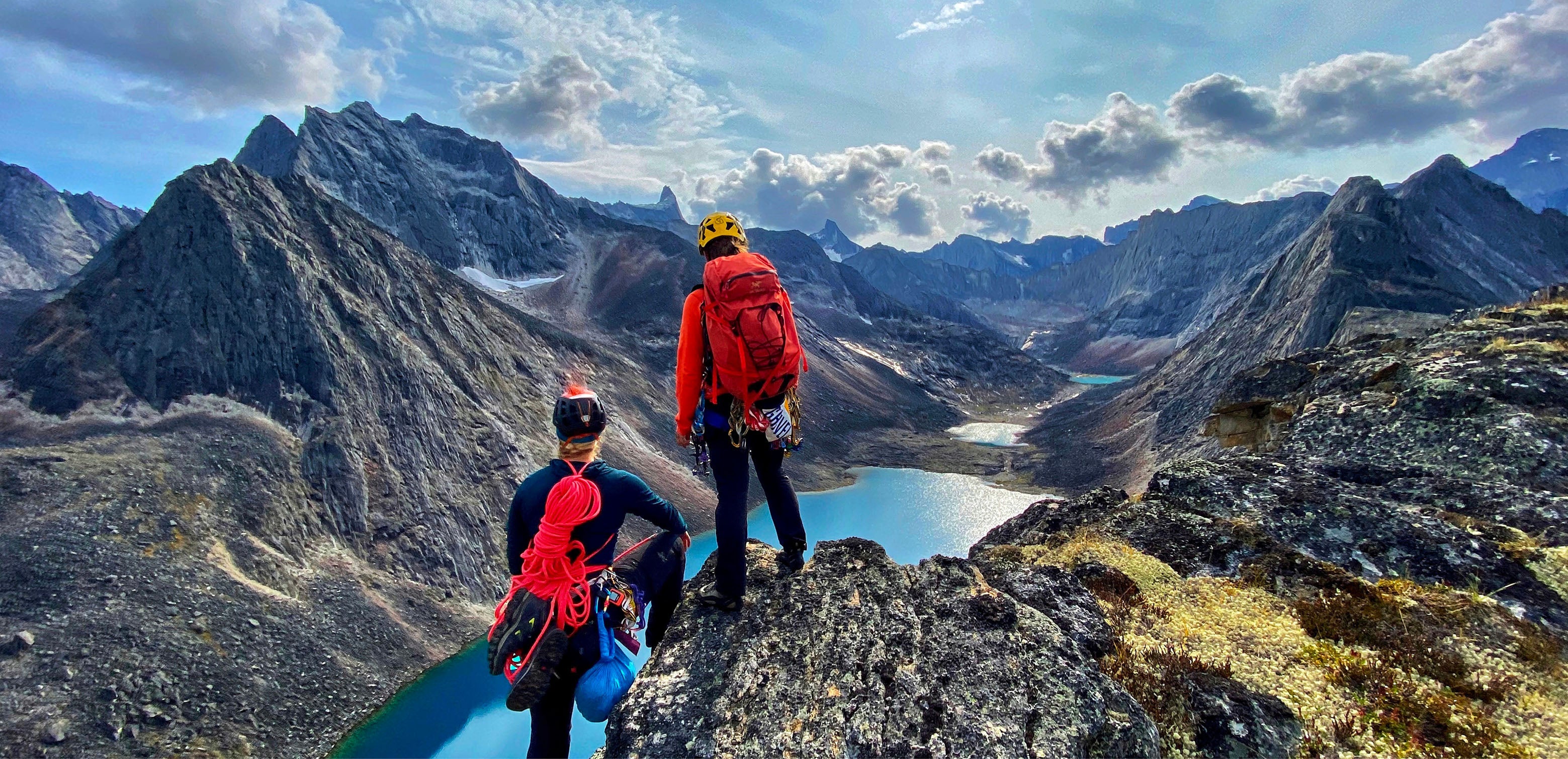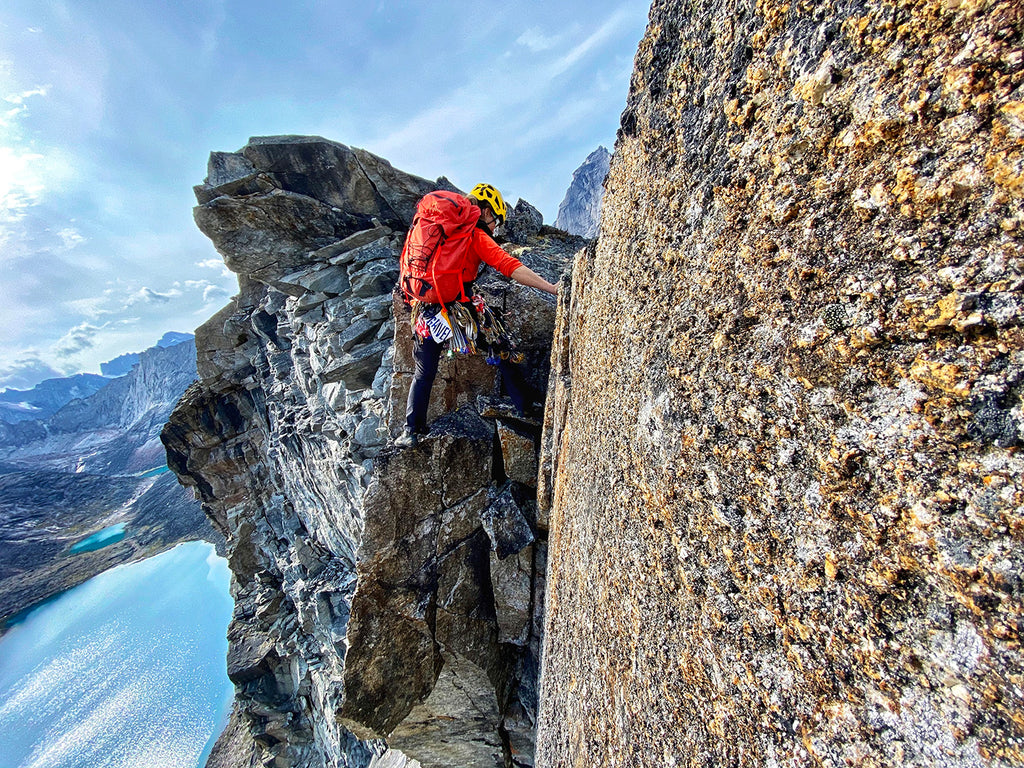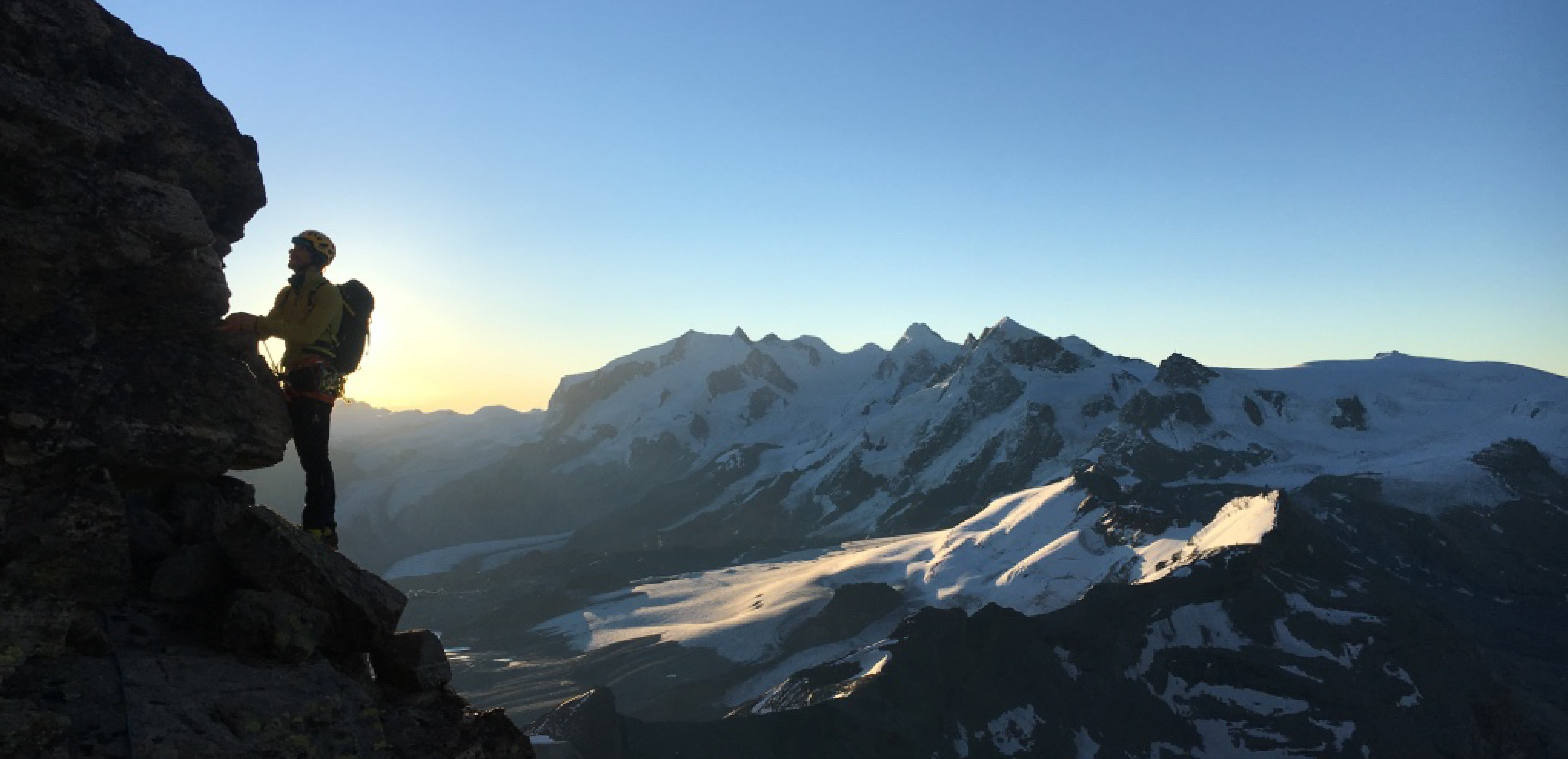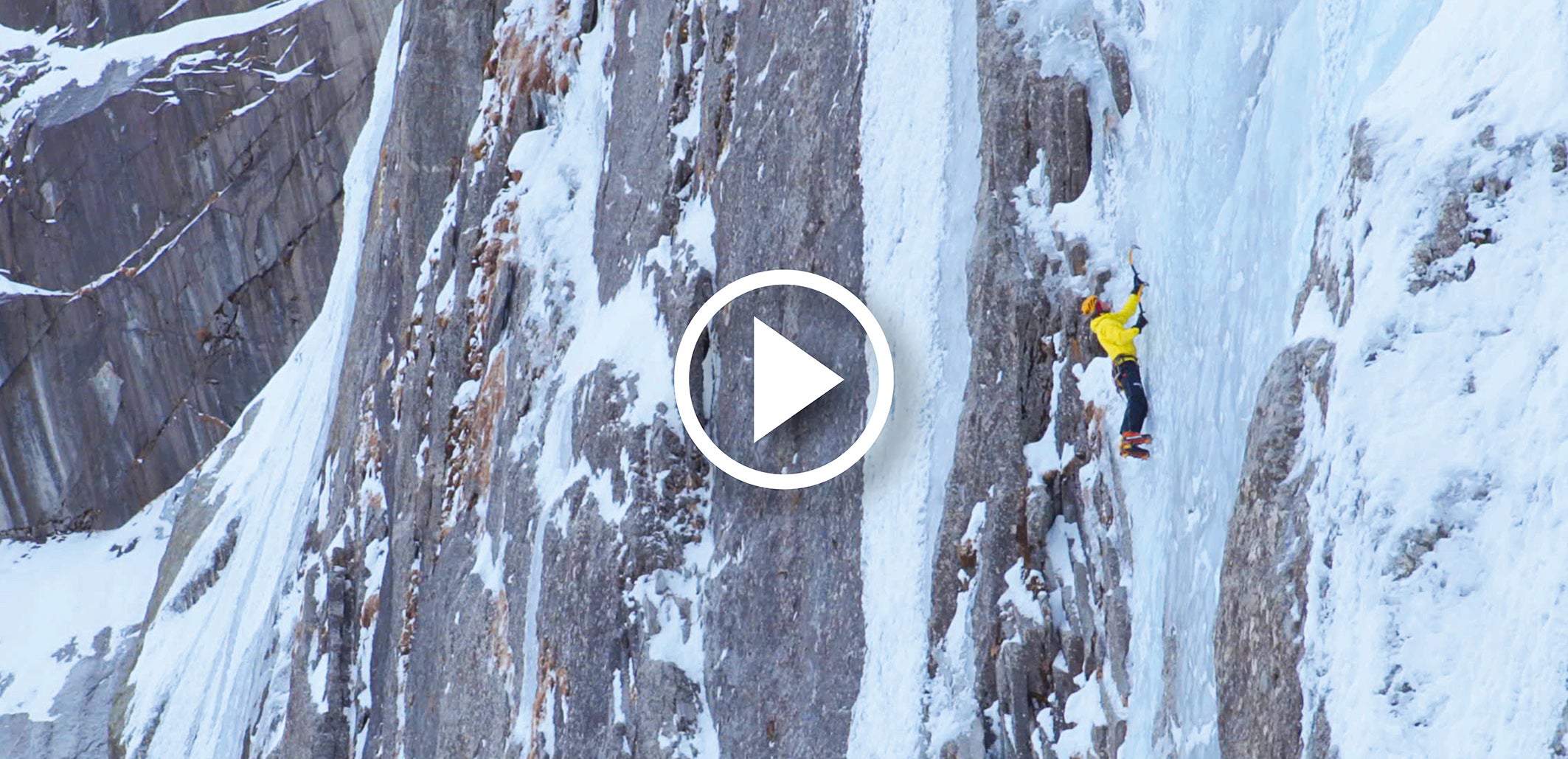
Arrigetch Peaks: An Arctic climbing expedition in Alaska
Published 23/10/20
Written by Natalie Afonina, an alpine/ice climber and roboticist living in the USA
Find her on Instagram or www.natexploring.com
The Arrigetch Peaks, meaning ‘fingers of an outstretched hand’ in Inupiat, are a collection of wild granite spires, nestled deep in the Brooks Mountain Range in Gates of the Arctic National Park of Alaska. Remote, hard to access, hundreds of miles from the nearest road, and located several degrees above the Arctic Circle.

Any expedition here requires planning, rigor, chartering bush planes from the 1950s, willingness to slog for days through swamps and mosquitoes, grizzly bear encounters and general grit in pursuit of the legendary walls of the Arrigetch. So naturally, 3 weeks prior to boarding the plane to Fairbanks was when I first proposed this idea to Daphne and AJ. Here’s our story of a last-minute expedition that was a successful and wild adventure.
 The Arrigetch Peaks are located in the Far North of the Brooks Range and require two bush plane charters to access since the nearest road is hundreds of miles away.
The Arrigetch Peaks are located in the Far North of the Brooks Range and require two bush plane charters to access since the nearest road is hundreds of miles away.
We spent 10 days exploring this remote corner of the Arctic. Massive volumes of rock, ancient glaciers, alpine lakes, days of bushwacking through swamps and adventure.
The crew for this expedition: Daphne (left), AJ (right) and myself (middle). Aka a blonde, a brunette and a redhead walk into the Arrigetch.

Pre expedition packing and repacking and repacking again. We would have to carry our gear multiple days, so every ounce counts. Yes, I snapped my toothbrush in half.

Getting there
We flew Seattle -> Fairbanks, Fairbanks -> Bettles (a remote village only accessible by a small 6-seater plane in the summer months), then our final bush flight Bettles -> Arrigetch on a DeHavilland Beaver from 1957 that was used by the military in the Congo before ‘retiring’ to work in Alaska as a bush plane.
 The De Havilland Beaver. Only 1657 were ever made between 1947–1967 by the Canadian military. Many of them are the workhorse bush planes for flying into the most remote regions of Alaska.
The De Havilland Beaver. Only 1657 were ever made between 1947–1967 by the Canadian military. Many of them are the workhorse bush planes for flying into the most remote regions of Alaska.
We were eating dinner in Bettles, sleeping bags ready for the evening, our belongings strewn about the shed we were sleeping in for the night, when the pilot radioed in and said ‘weather is clearing! The girls can be dropped off tonight’.
We scrambled, threw everything into our bags and an hour flight over the Brooks Mountains we were landing on a tiny oxbow lake at 9:30pm in pouring rain.

Unbelievable views from our bush plane over the tundra
 Landing on the oxbow lake, our dropoff location from where we would need to bushwack up a drainage swamp to get into the granite spires
Landing on the oxbow lake, our dropoff location from where we would need to bushwack up a drainage swamp to get into the granite spires
The plane circled our landing ‘lake’ (not much of a lake than a narrow piece of water that used to be part of a river before being cutoff from the main stream). Our pilot Sieg expertly landed and pulled up to the swampy embankment.
 Pouring rain, 9:30pm, standing in a boggy swamp, but stoke is high! We’re out here! We’re doing it!
Pouring rain, 9:30pm, standing in a boggy swamp, but stoke is high! We’re out here! We’re doing it!
He pulled the plane as close to the shore as he could and we hopped off, throwing our bags onto the water-logged shore. We were in a bog. Our boots filled up with water immediately. It was pouring rain. Stoke was high. We hooted and hollered as Sieg flew off, leaving the three of us alone in the wilderness.
Next step: find a dry place to camp before beginning our swamp-bushwacking journey to get to the rock walls we intended to climb. Mosquitoes were abundant and our bug shirts were our most treasured possessions.

We bushwacked through some terrible willow and slide alder groves. Branches whipped us in the face and shins, pulling everything attached off the backpacks. Underfoot we were still walking on soggy, tussocks tundra - a bog. Mosquitoes would attack us at all times and we walked with our bug nets on.

We made it to our high basecamp exhausted.

The bushwacking was worth it! We emerged from the undergrowth to the higher alpine tundra terrain with incredible views of the surrounding valley and peaks.
 Our luxurious riverfront basecamp with views and a dry piece of tundra
Our luxurious riverfront basecamp with views and a dry piece of tundra
The Climbing
There is so much rock in the Arrigetch. It stretches for miles in multiple valleys, punctuated by sharp spears, dragon-like ridges and behemoth domes.
 The Albatross. My personal favorite formation
The Albatross. My personal favorite formation

There is very little information or beta on the internet about climbing in this area and I’m going to keep it that way. Finding your way around here is part of the adventure. Good luck to future travelers ;)

The climbing is varied, in some places solid, in many places chossy kitty litter that threatens to explode on you when you place protection. We came for the adventure climbing and the Arrigetch delivered.

Ridge-climbing was my favorite activity. Moving fast over the rock, covering ground, seeing valleys drop down into alpine lakes on both sides of us.
Sketchy rappels into the unknown, microwave-sized blocks we accidentally dislodged, all part of the fun.

Expedition life revolves around food, staying dry, packing up, bushwacking, climbing, food, sleeping. Yes, food is listed twice because you think a lot about it when carrying a 25 kilo+ pack with climbing and expedition gear.

Racking up at camp for the next day’s adventure

 Adding wild blueberries to our morning oatmeal was a treat
Adding wild blueberries to our morning oatmeal was a treat
We shared the wilderness with grizzly bears. They were gracious enough to avoid our camp, but one time we were returning from a long day climbing, were 100 meters away from our camp, when Daphne ran back whispering ‘sleeping bear, turn around, quick, backup, backup, backup, bear!’. There was a grizzly napping in the willow bushes only a few meters from our camp.

Ramen and mashed potatoes were our two dinner menu items. Sometimes spiced up with slices of cheddar cheese that Daphne (being Dutch) refused to acknowledge as real cheese and called it ‘fake yellow plastic’.

We were graced by gloriously beautiful weather and made full use of it.
 Gorgeous weather.
Gorgeous weather.
Every day we climbed into our sleeping bags, happy to have a warm and dry place to sleep.

Ropes make great pillows. Especially when you’re exhausted from a day of climbing.

Getting ourselves back to civilization
Soon, (too soon), it was time for our 4 day bushwack to our pick-up location. We dreaded descending back into the bogs and swampy forest, but we had to get to our plane somehow.
 The bushwacking took its toll on our legs. The branches would whip our shins and poke our backs. Wearing glasses was a necessity to make sure our eyes weren’t poked out by branches.
The bushwacking took its toll on our legs. The branches would whip our shins and poke our backs. Wearing glasses was a necessity to make sure our eyes weren’t poked out by branches.
There isn’t much to say about the bushwack out except it was very long, hard, we almost ran out of water at one point (and had to haul multiple extra liters on our already heavy backs), the willows were exceptionally dense and we swore a lot. It was sweaty, hot, miserable and a sufferfest.
We had a brief respite on top of a pass from the bushes. Never has walking on flat, non-bushy terrain felt that good.

We stumbled out onto the lake where we were to be picked up looking like three feral cats. Twigs in our hair, bruised, covered in mosquito bites. When the plane landed on the lake and made its way over to us we hooted for joy, loud enough to scare any grizzlies out of the area for the next couple of weeks.
 Loading up! Time to fly home to dry socks, burgers and beer.
Loading up! Time to fly home to dry socks, burgers and beer.
Overjoyed to see Sieg, our pilot.

This expedition ended like many do. At the local pub and a couple of pints

Now that I have made the trek into this incredible area, seen these walls (and taken lots of high resolution beta photos), I am already scheming a return trip. So much to climb, not enough time. When memories of the bushwacking fade, I’ll definitely be making a return trip.
Grivel Gear Used
Stealth Helmet
Trail Three Vario Poles
6x Plume k3N locking carabiners
20x Plume non-locking carabiners
Alpine Ring Slings (2x 180cm; 4x 120cm; 10x 60cm)
Master Pro Belay device

Natalie Afonina is a mountaineer and adventurer based in Seattle, WA. Originally from Russia, she has a penchant for longer aesthetic ice routes, singing Beyonce playlists and sharing behind-the-scenes stories to inspire all the “weekend warriors” out there. When he's not out exploring or organizing a project, he works in the robotics industry developing autonomous systems and other frontier technologies.
Her favorite Grivel products are The Dark Machines, G20 Plus crampons and Plume Nut K3N carabiners. Get in touch with her on Instagram or www.natexploring.com









